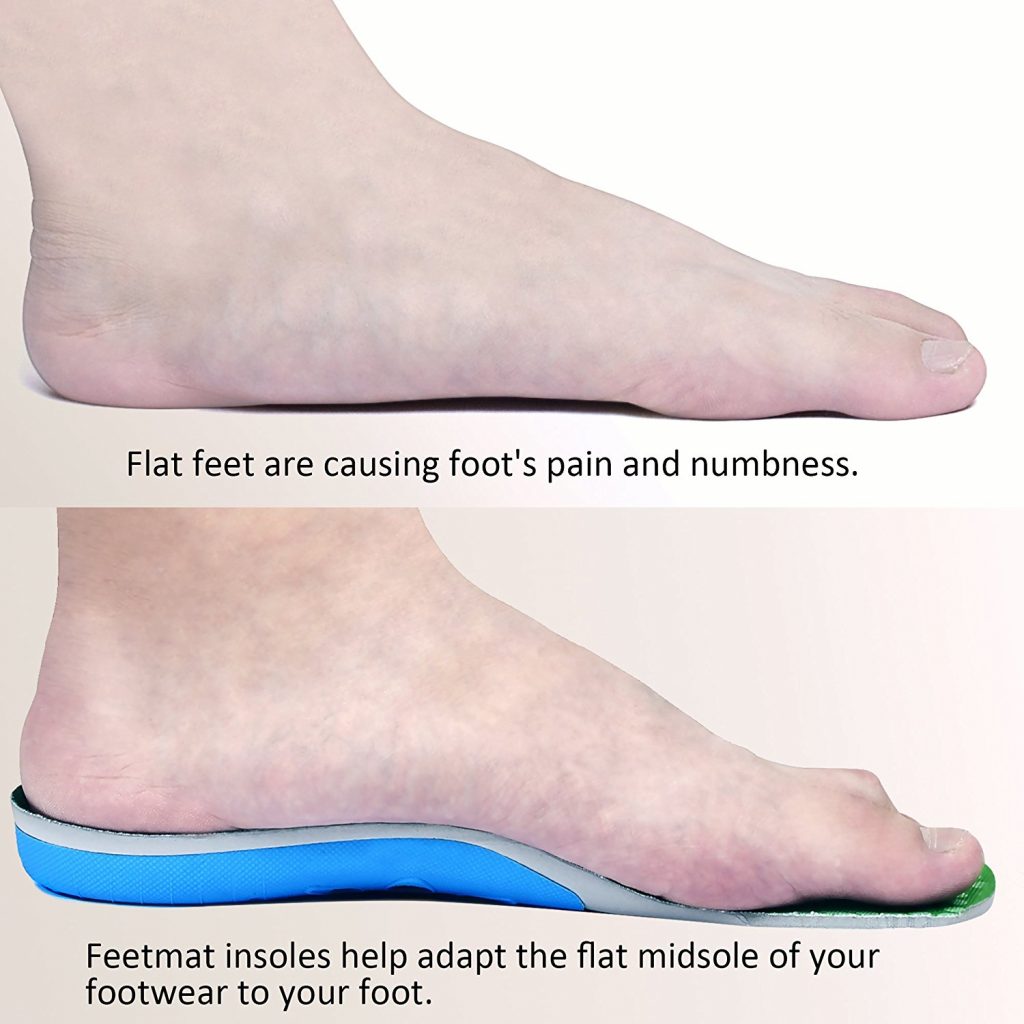Flat feet, also known as fallen arches, is a condition where the arch of the foot is either low or completely absent. This can lead to various issues, such as discomfort, pain, and difficulty in finding the right footwear. Special shoes designed for flat feet can provide the much-needed support and comfort, allowing individuals to walk, run, and engage in activities without pain. This article delves into the characteristics of these shoes, tips for choosing the right pair, and the best options available in the USA.
Understanding Flat Feet
Flat feet occur when the arch of the foot collapses. This condition can be genetic or develop due to factors such as injury, aging, or certain medical conditions. According to the American Orthopaedic Foot & Ankle Society, flat feet are quite common, affecting approximately 20-30% of the population.
Benefits of Special Shoes for Flat Feet
Individuals with flat feet can experience a variety of benefits from wearing specially designed shoes:
- Enhanced Support: Special shoes provide arch support that helps stabilize the foot.
- Improved Alignment: Proper footwear aligns the body to reduce strain on other joints.
- Reduced Pain: Quality shoes minimize discomfort by cushioning the foot and absorbing impact.
- Enhanced Performance: For athletes, specially designed shoes can help improve performance by providing the necessary support.
Key Features to Look For in Special Shoes for Flat Feet
Arch Support
A well-designed shoe for flat feet should have sufficient arch support to help maintain proper foot alignment.
Cushioning
Good cushioning helps absorb shock and reduces stress on the feet, especially during high-impact activities.
Stability
Shoes with a wide toe box and a firm heel counter provide the stability needed for flat-footed individuals.
Flexibility
While support is crucial, a shoe should also offer some flexibility to allow natural foot movement.

Top Brands & Models of Special Shoes for Flat Feet
1. ASICS Gel-Kayano
ASICS Gel-Kayano shoes are known for their excellent arch support and cushioning, making them ideal for flat-footed runners.
2. Brooks Adrenaline GTS
These shoes provide a balance of support, cushioning, and stability, making them great for everyday wear.
3. New Balance 990
Renowned for their support and comfort, New Balance 990 shoes feature a spacious toe box, ideal for flat feet.

4. Saucony Guide
Saucony offers a variety of running shoes that provide great arch support and stability, perfect for flat-footed individuals.
Comparison Table of Top Shoes for Flat Feet
| Brand | Model | Arch Support | Cushioning | Stability | Price |
|---|---|---|---|---|---|
| ASICS | Gel-Kayano | High | High | Moderate | $160 |
| Brooks | Adrenaline GTS | High | Moderate | High | $140 |
| New Balance | 990 | Moderate | High | High | $175 |
| Saucony | Guide | High | Moderate | Moderate | $130 |

How to Choose the Right Shoes for Flat Feet
1. Get a Foot Assessment
Before making a purchase, it’s essential to assess your foot type. Consider visiting a podiatrist or a specialized shoe store that offers gait analysis.
2. Try Before You Buy
Always try on shoes before making a purchase. Walk around the store to ensure they fit well and feel comfortable.

3. Consider Custom Orthotics
If you have severe flat feet or experience significant pain, custom orthotics may be beneficial in conjunction with supportive shoes.
Alternative Solutions for Flat Feet

1. Custom Orthotic Inserts
These inserts can be placed inside regular shoes to provide additional arch support.
2. Foot Exercises
Strengthening and stretching exercises for the feet can help improve arch function over time.

3. Physical Therapy
Working with a physical therapist can provide customized strategies for managing flat feet and improving foot function.
Common Misconceptions About Flat Feet
Myth: Flat Feet Only Affect Athletes
Flat feet can affect anyone, regardless of physical activity level.
/product/28/406662/1.jpg)
Myth: Surgery is Always Necessary
Many people with flat feet find relief through proper footwear and orthotics, avoiding surgery altogether.
Living with Flat Feet: Personal Stories
While the journey with flat feet can be challenging, many individuals find coping strategies that work for them. Local running groups often share experiences and recommendations for footwear, creating a sense of community.

FAQs About Special Shoes for Flat Feet
1. Can I wear regular shoes if I have flat feet?
While you can wear regular shoes, it is advisable to choose those with good arch support and cushioning to prevent discomfort.
2. How often should I replace my shoes for flat feet?
It’s recommended to replace shoes every 300-500 miles or when they show signs of wear and tear.
3. Are expensive shoes always better for flat feet?
Not necessarily. It’s more about the fit and support they offer rather than the price tag. Look for reputable brands with positive reviews.
4. What should I do if my special shoes don’t help?
If your shoes aren’t alleviating discomfort, consider consulting a podiatrist for further evaluation and potential custom solutions.
Conclusion: Step into Comfort
Flat feet can be managed effectively with the right footwear. By investing in specially designed shoes, individuals can enjoy comfort and support in their daily lives. Remember to consider your unique needs and consult with professionals to find the best options for you. With the right approach, living with flat feet doesn’t have to be a painful experience.